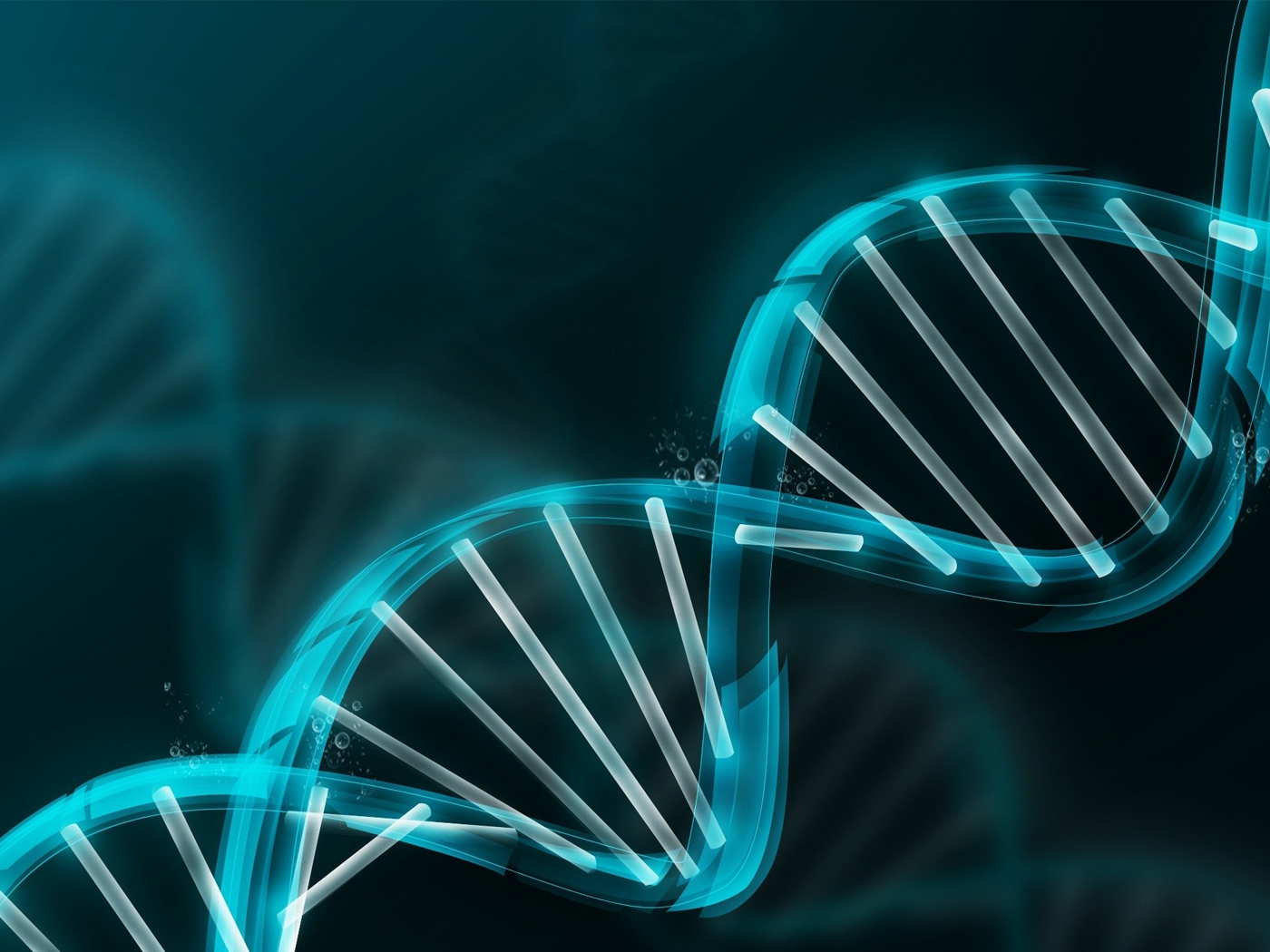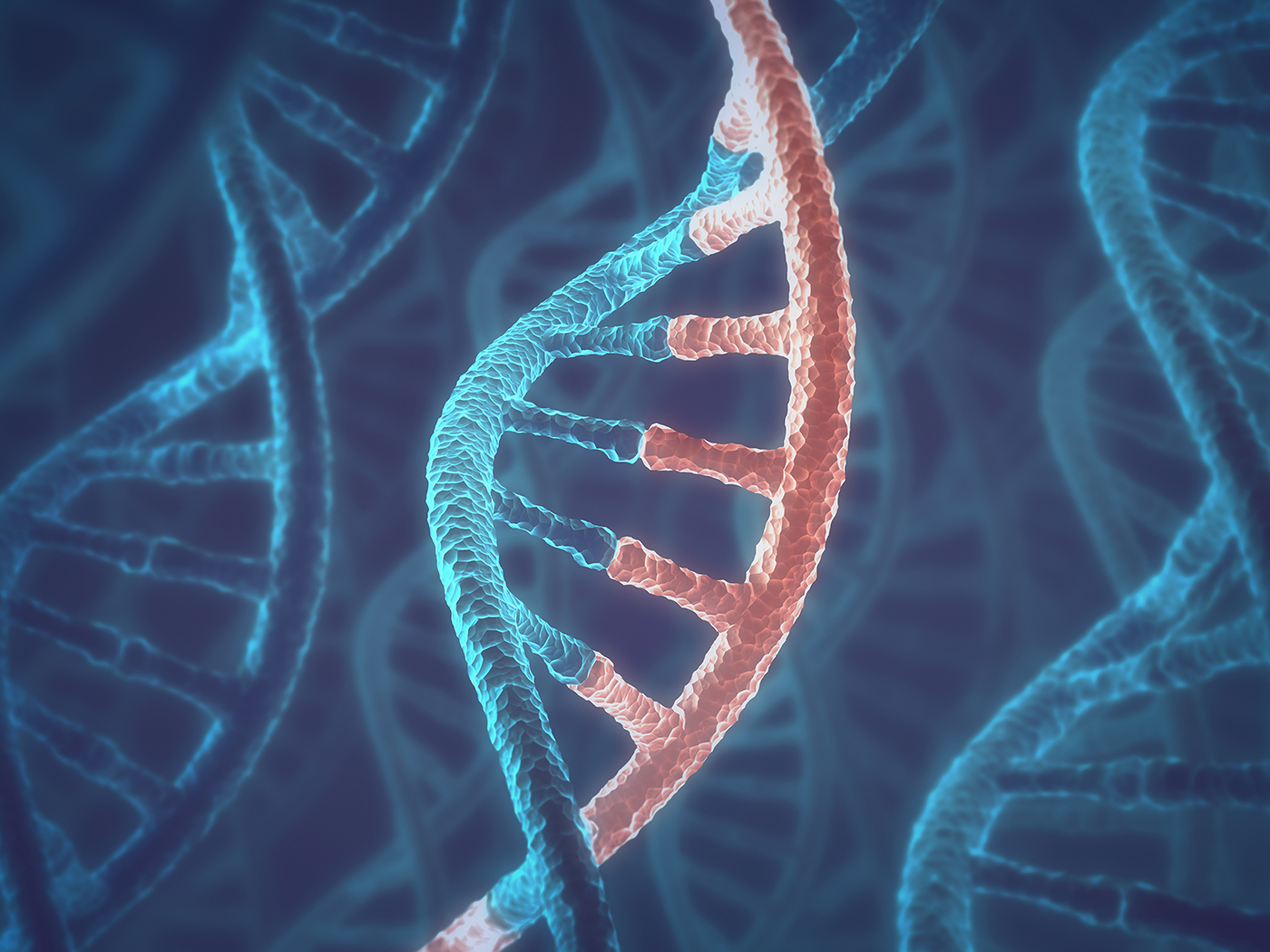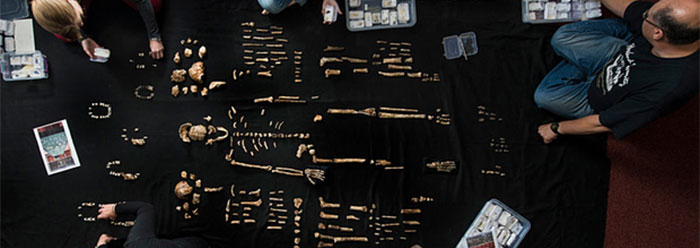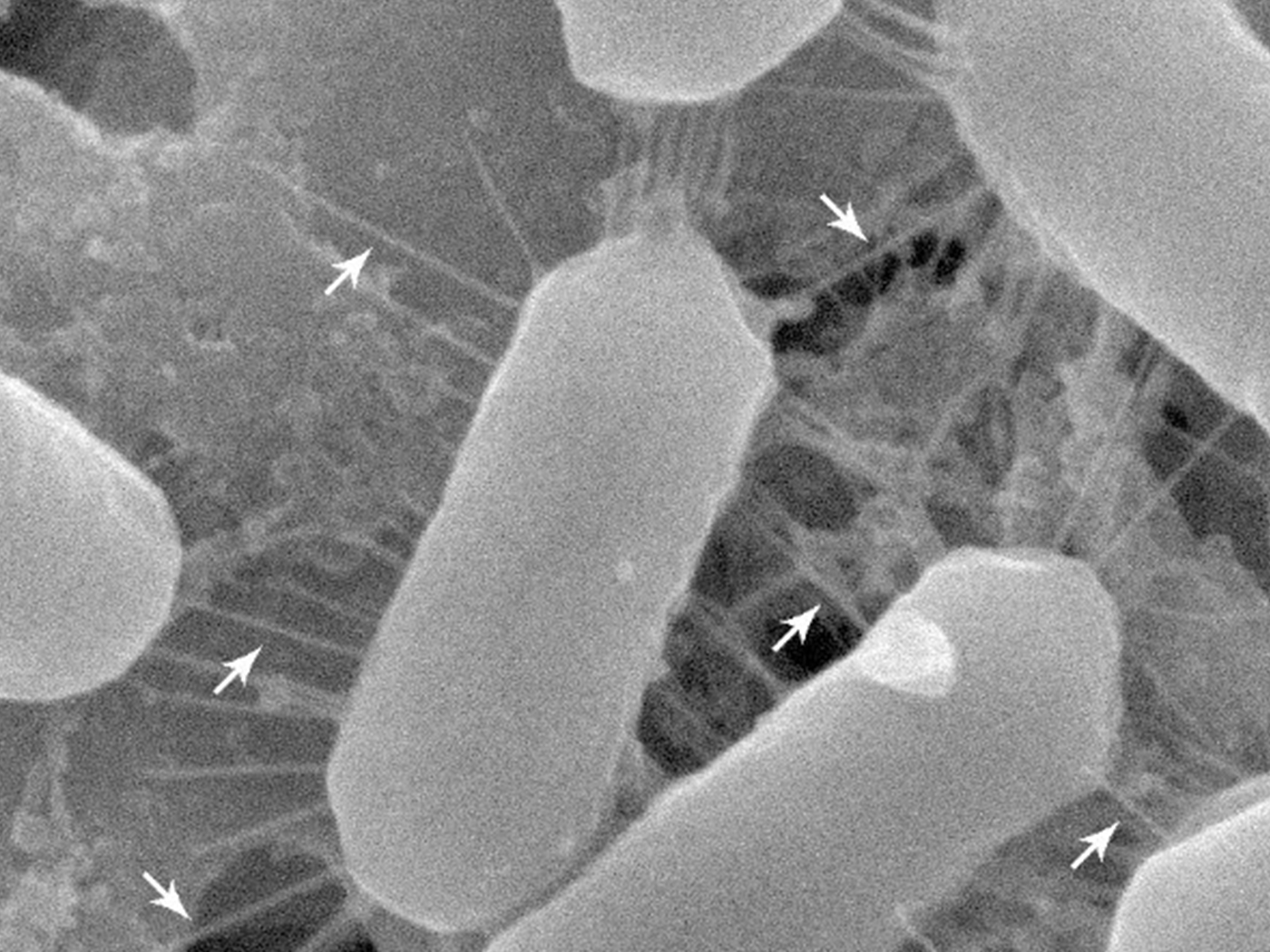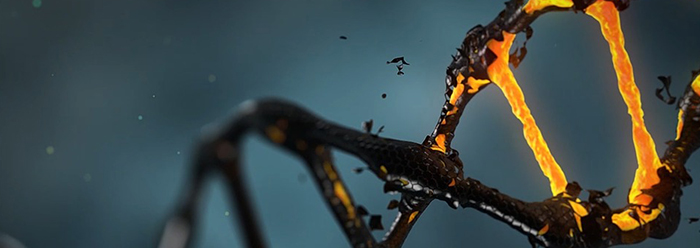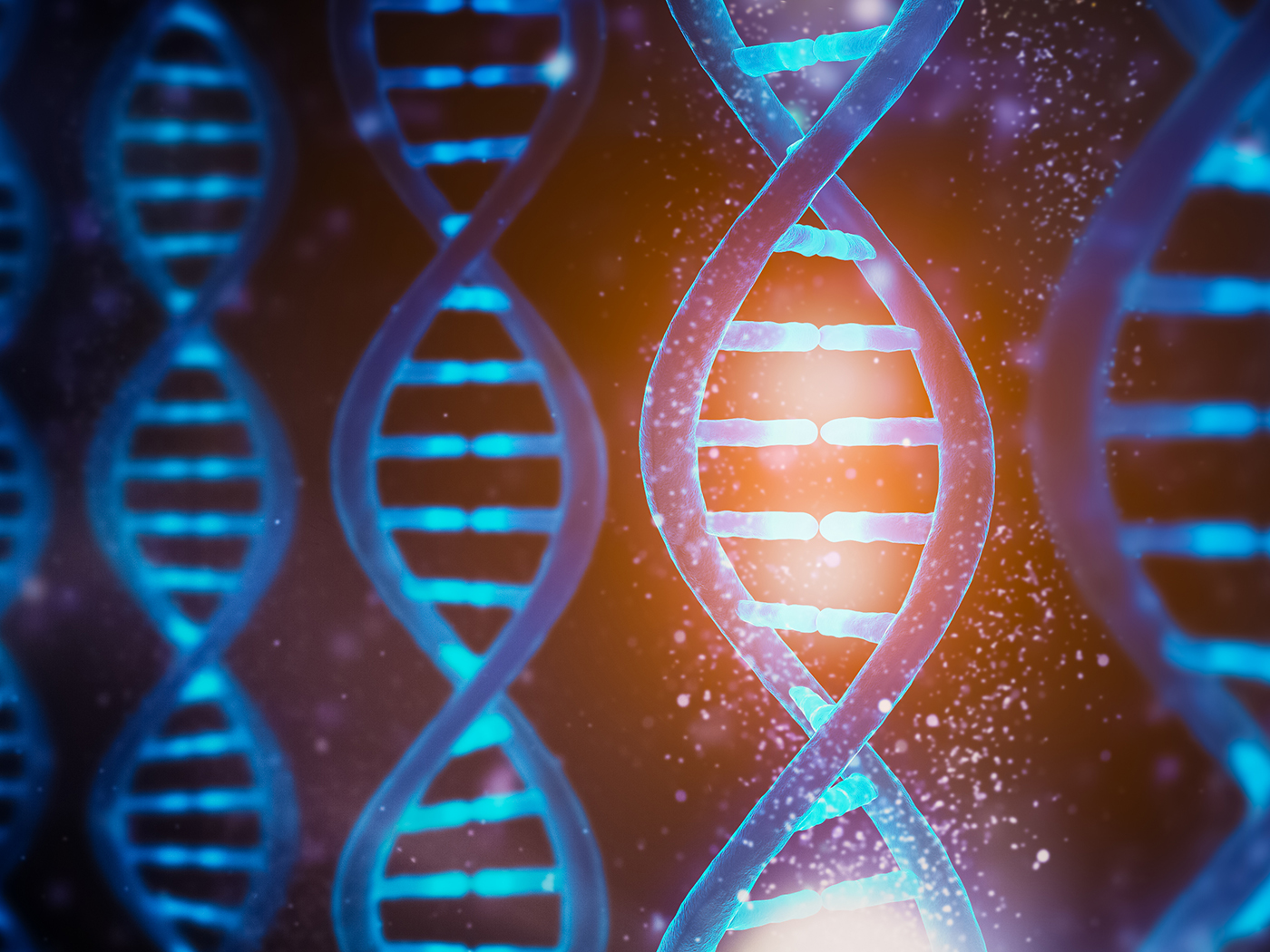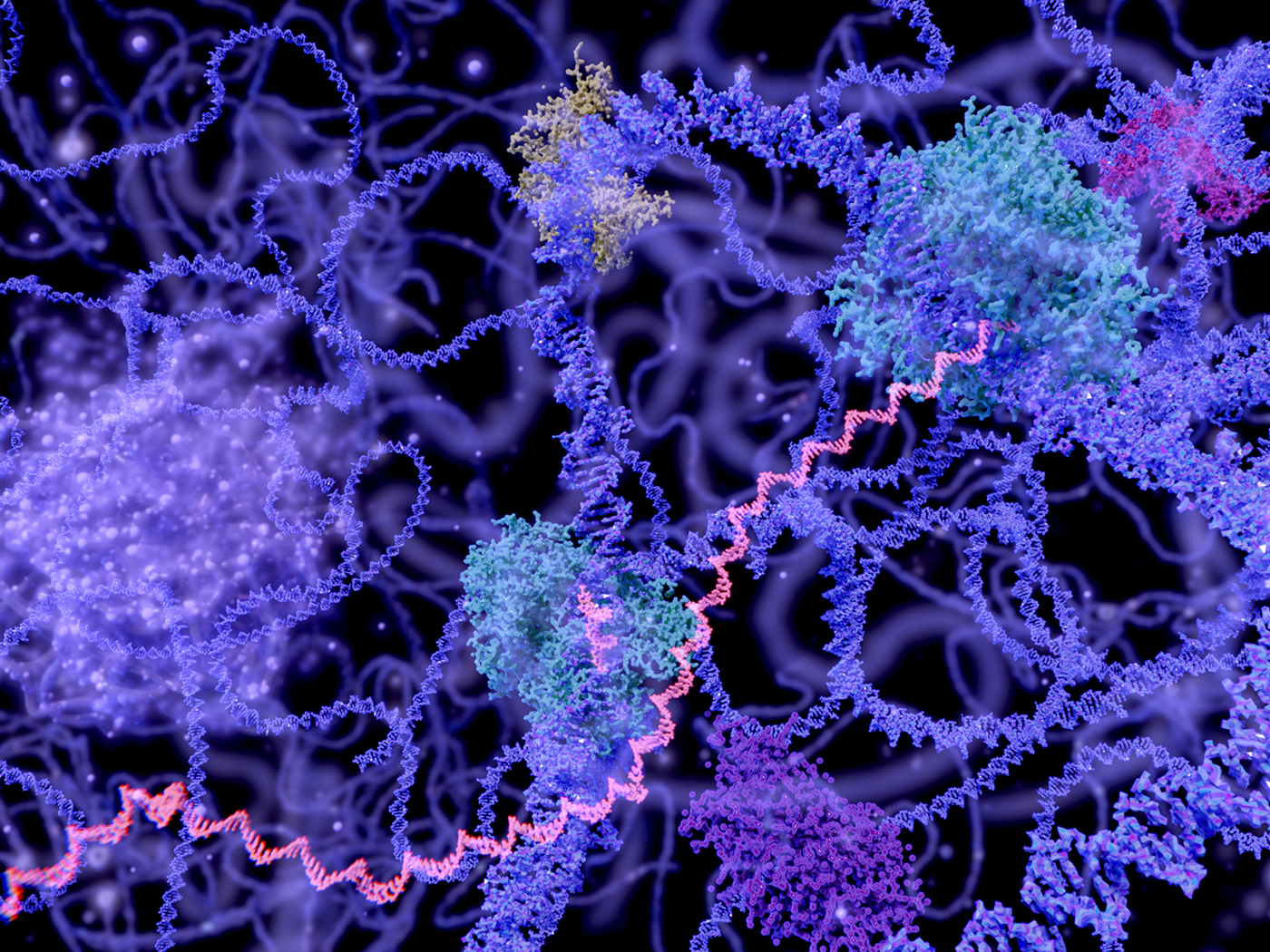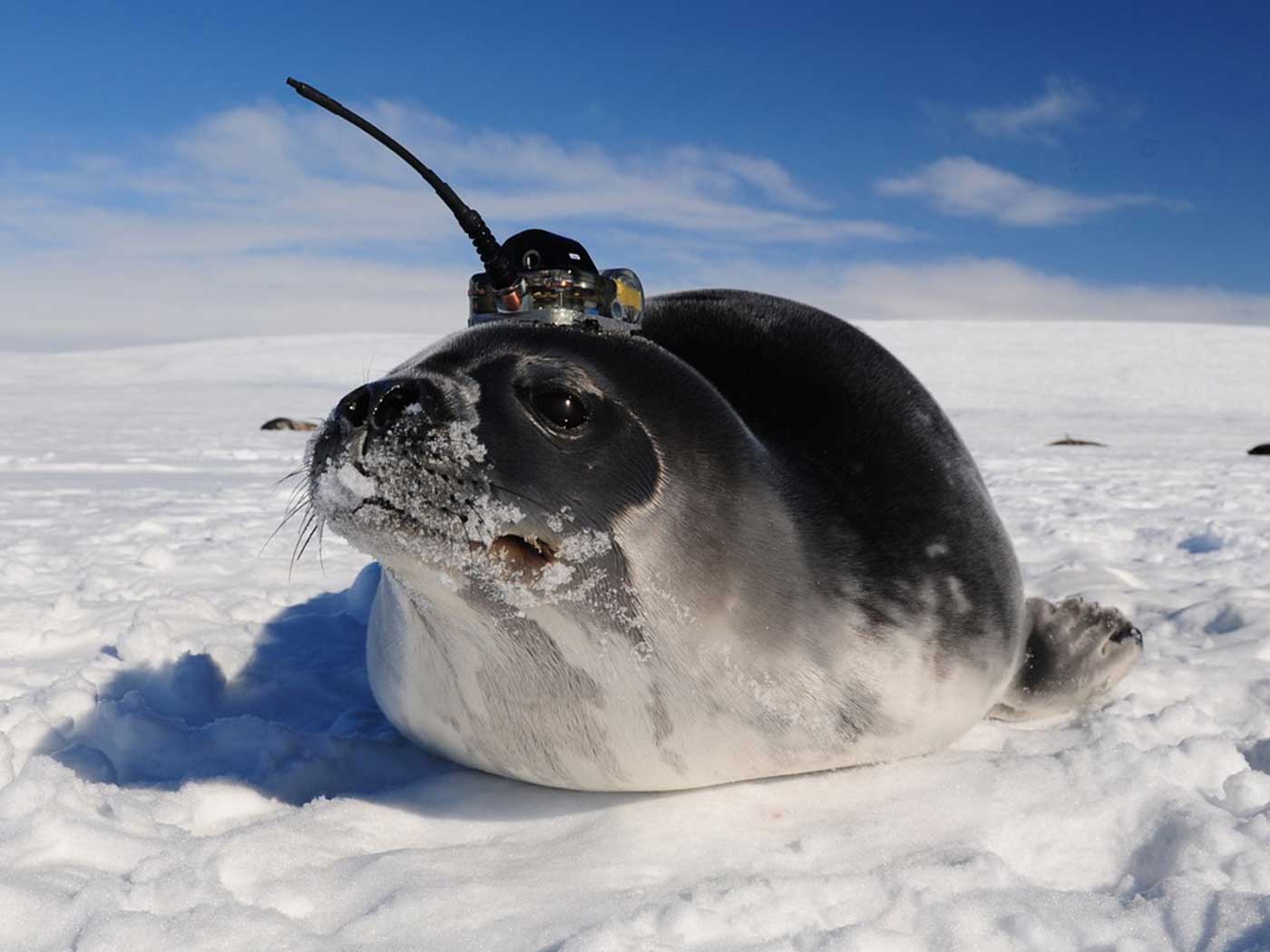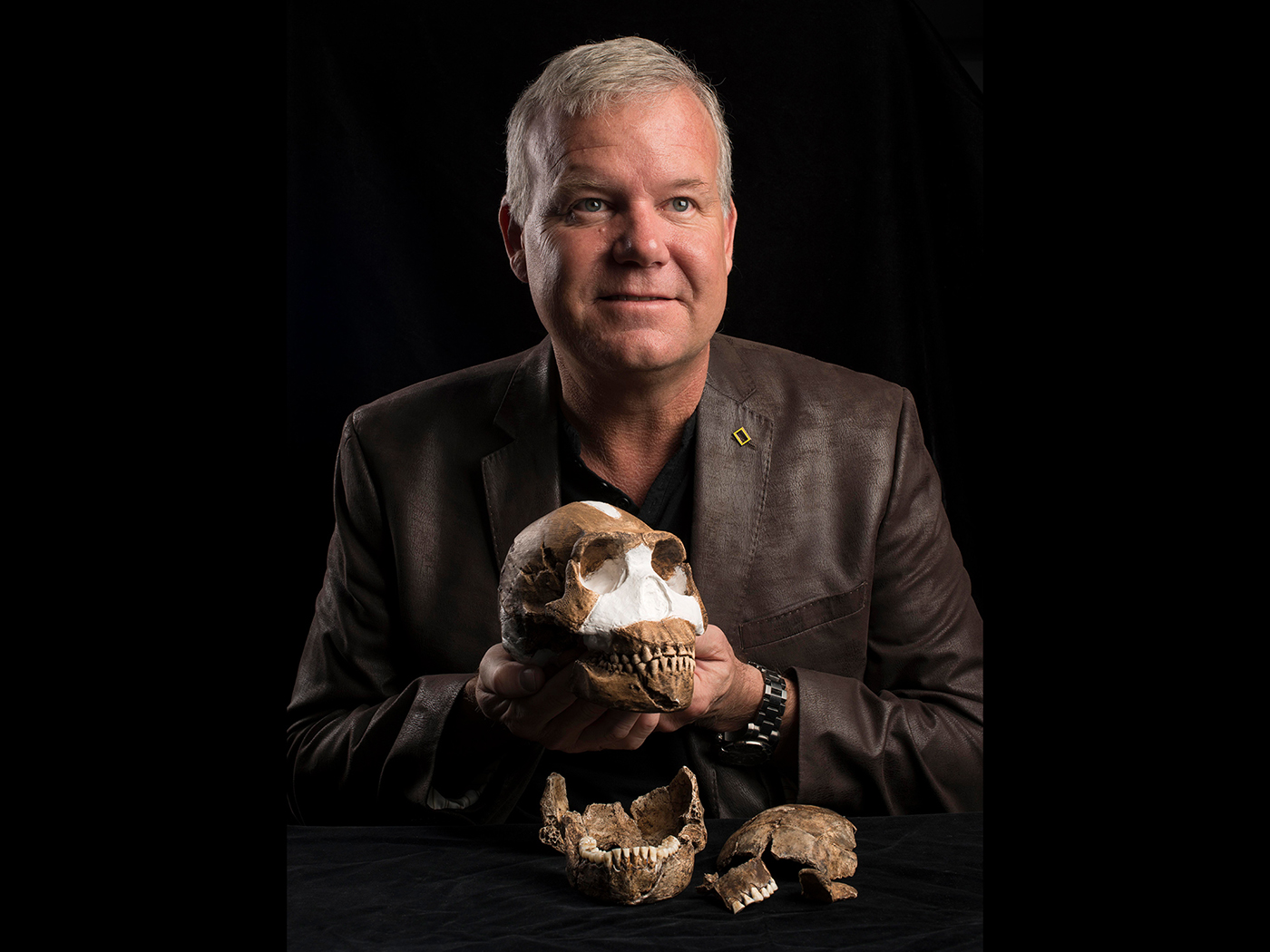Most people might be surprised to learn that the human genome has not been fully sequenced. Gaps still remain that have not yet been bridged because of the nature of the DNA sequence coupled with past limitations on DNA sequencing technology. Nevertheless, a study has just been published using new and improved technologies that have allowed for the first complete sequence of a human chromosome.1
Sequencing the complete human genome was first proposed and begun in the late 1980s, but did not pick up steam until the 1990s when robotic automation was applied to the process.2 In fact, the basic chemistry undergirding the sequencing process, known as Sanger-style sequencing originally invented in the 1970s, did not get usurped until about 2005 as new chemistries and technologies began to become available. The latest technologies, which allow for much larger snippets of DNA to be sequenced, have had a particularly large impact the past few years.
Because of past technology limitations, it has been difficult to sequence certain regions of the human and other vertebrate genomes and then assemble the numerous snippets afterwards. Because the older style DNA sequencing produced very short snippets of sequence and certain regions of chromosomes had groups of DNA letters (words) that were repeated over and over, it was difficult to computationally reconstruct long contiguous repetitive DNA stretches. New, long-read technologies that produce extremely long snippets of DNA are now allowing these difficult regions to be traversed.
This newly reported study presents a human genome assembly that markedly surpasses the continuity of the previous version, along with the first gapless, end-to-end reconstruction of a human chromosome.1 The researchers focused their efforts on a sex chromosome called the X chromosome. Females have two copies of the X chromosome and males have one X and one Y chromosome. Most importantly, these results demonstrate that completing the entire human genome is now within reach.
So what does this new study imply for the evolutionary story, particularly ape-to-human evolution? Quite interestingly, a variant of the new long-read sequencing technology was applied to chimp DNA and published in 2018.3 The researchers discovered that previous versions of the chimpanzee genome had been humanized because the human genome had been used as a guide to assemble the chimp DNA snippets. Furthermore, several independent studies using the new chimp DNA sequence were published showing that the chimp and human genomes could be no more than 85% similar to each other. Since many of these new regions in humans are being sequenced for the first time, as reported in this new study, which are already known to be dissimilar between chimps and humans (e.g. centromeres), it is likely that the numbers for human and chimp DNA dissimilarity will only grow larger.
References
1. Miga et al. 2020. Telomere-to-telomere assembly of a complete human X chromosome. Nature. DOI: 10.1038/s41586-020-2547-7.
2. Tomkins, J. 2011. How genomes are sequenced and why it matters: implications for studies in comparative genomics of humans and chimpanzees. Answers Research Journal. 4: 81-88.
3. Tomkins, J. P. 2018. Separate Studies Converge on Human-Chimp DNA Dissimilarity. Acts & Facts. 47 (11).
*Dr. Tomkins is Director of Research at the Institute for Creation Research and earned his doctorate in genetics from Clemson University.

First Human Chromosome Fully Sequenced
The Latest
The Golden Numbers
Evolutionists theorize that the universe came into being through random means. Fundamentally, randomness lacks symmetry since the very concept of symmetry...
Scientists Question Foundational Big Bang Assumption
In April 2024, some of the world’s leading cosmologists convened at the Royal Society in London to question the cosmological principle—the...
Moroccan Dinosaurs in Marine Rocks, Too
Two recent papers by paleontologist Nicholas Longrich and his colleagues describe some unexpected findings in phosphate mines of northern Morocco.1,2...
CREATION PODCAST
Ernst Haeckel: Evolutionary Huckster | The Creation Podcast:...
Ernst Haeckel, a German Zoologist, is famous for developing a series of images of embryos in development called Anthropogenie. These images,...
Bees Master Complex Tasks Through Social Interaction
Bees are simply incredible.1,2 These little furry fliers challenge the very foundation of Darwinism in many diverse ways.
Bees have been...
The Tail of Man’s Supposed Ancestors
Although it has been known for decades and despite insistence to the contrary from the evolutionary community, man—Homo sapiens—has never...
When Day Meets Night—A Total Success!
The skies cleared above North Texas on Monday, April 8, for a spectacular view of the 2024 Great American Solar Eclipse. Hundreds of guests joined...
The Sun and Moon—Designed for Eclipses
Before discovering thousands of planets in other solar systems, scientists tended to assume that other solar systems would be very similar to our own....
Let ICR Help You Prepare for the Great American Solar Eclipse!
On Monday, April 8th, the moon will move directly between the earth and the sun, resulting in a total solar eclipse visible in northern Mexico, much...
Total Eclipse on April 8th
“You alone are the LORD; You have made heaven, the heaven of heavens, with all their host, the earth and everything on it, the seas and all that...




